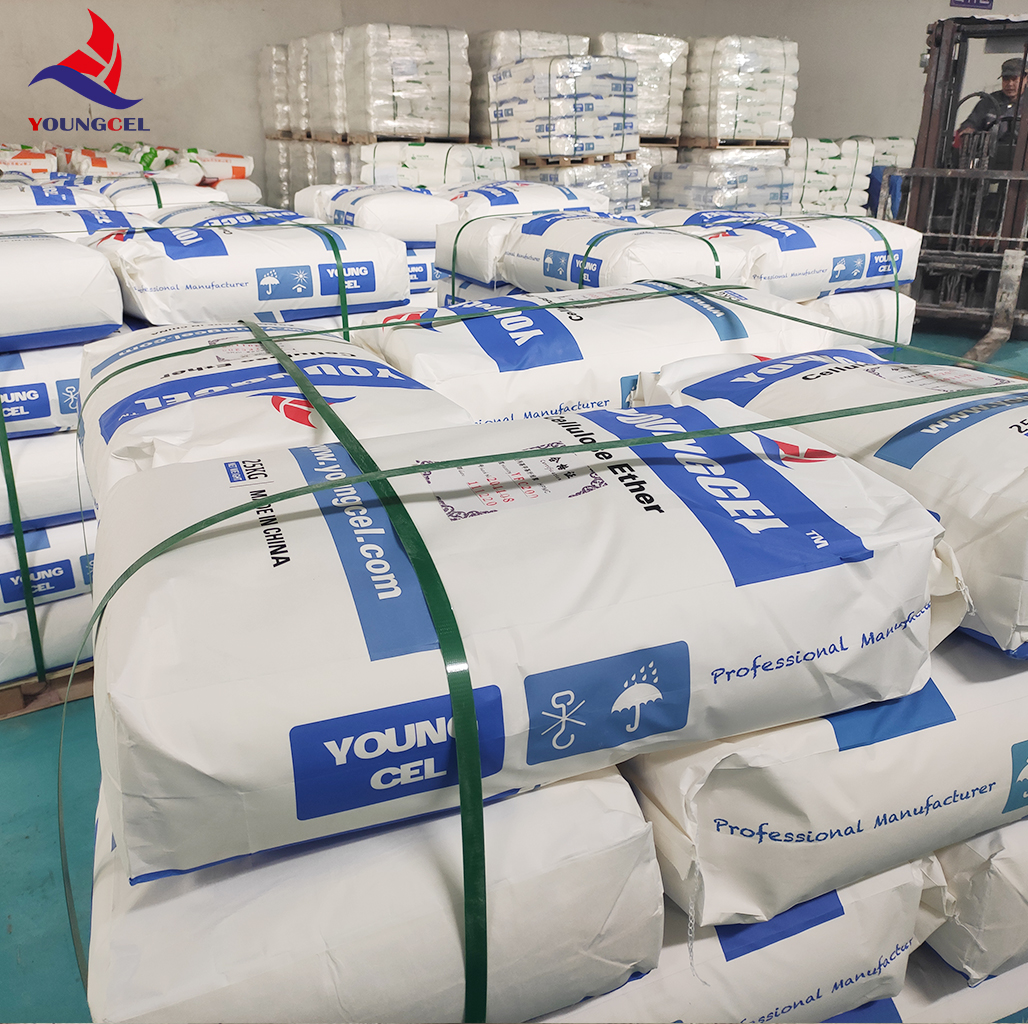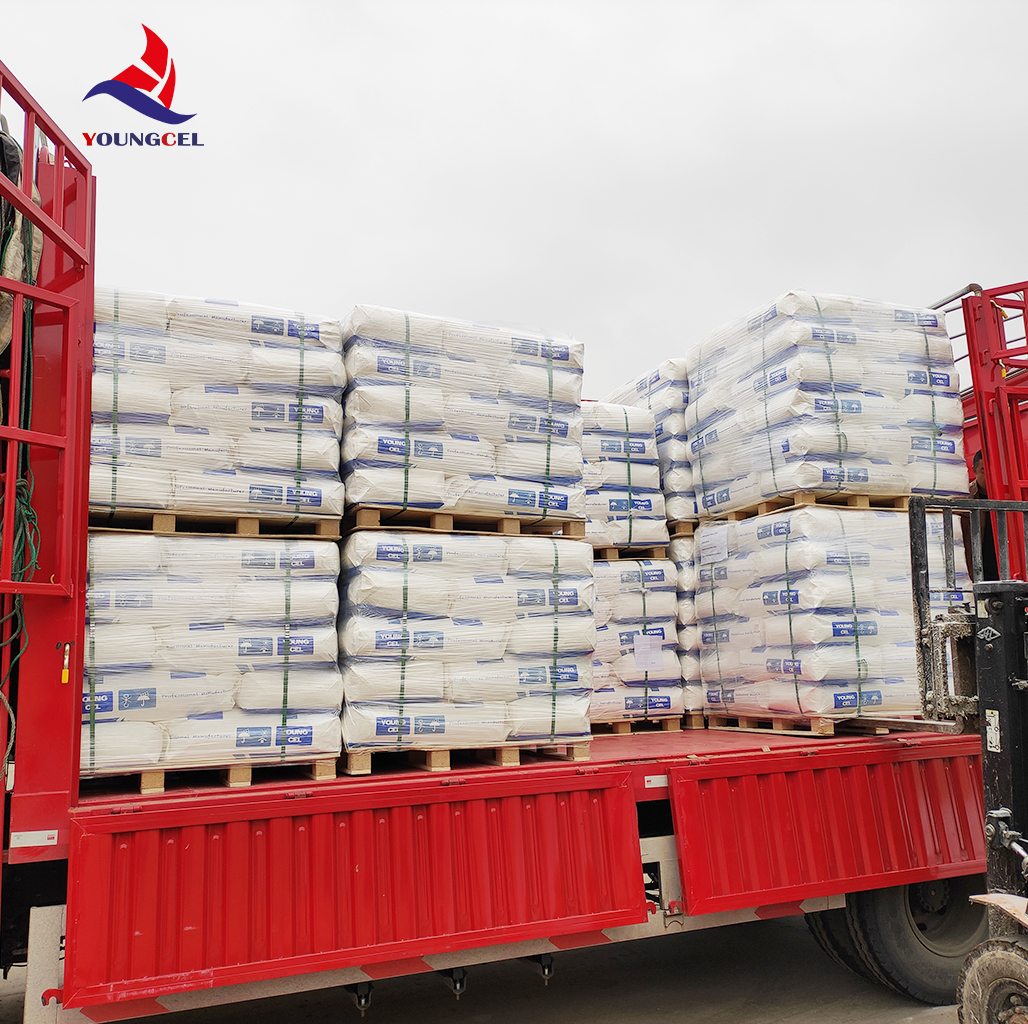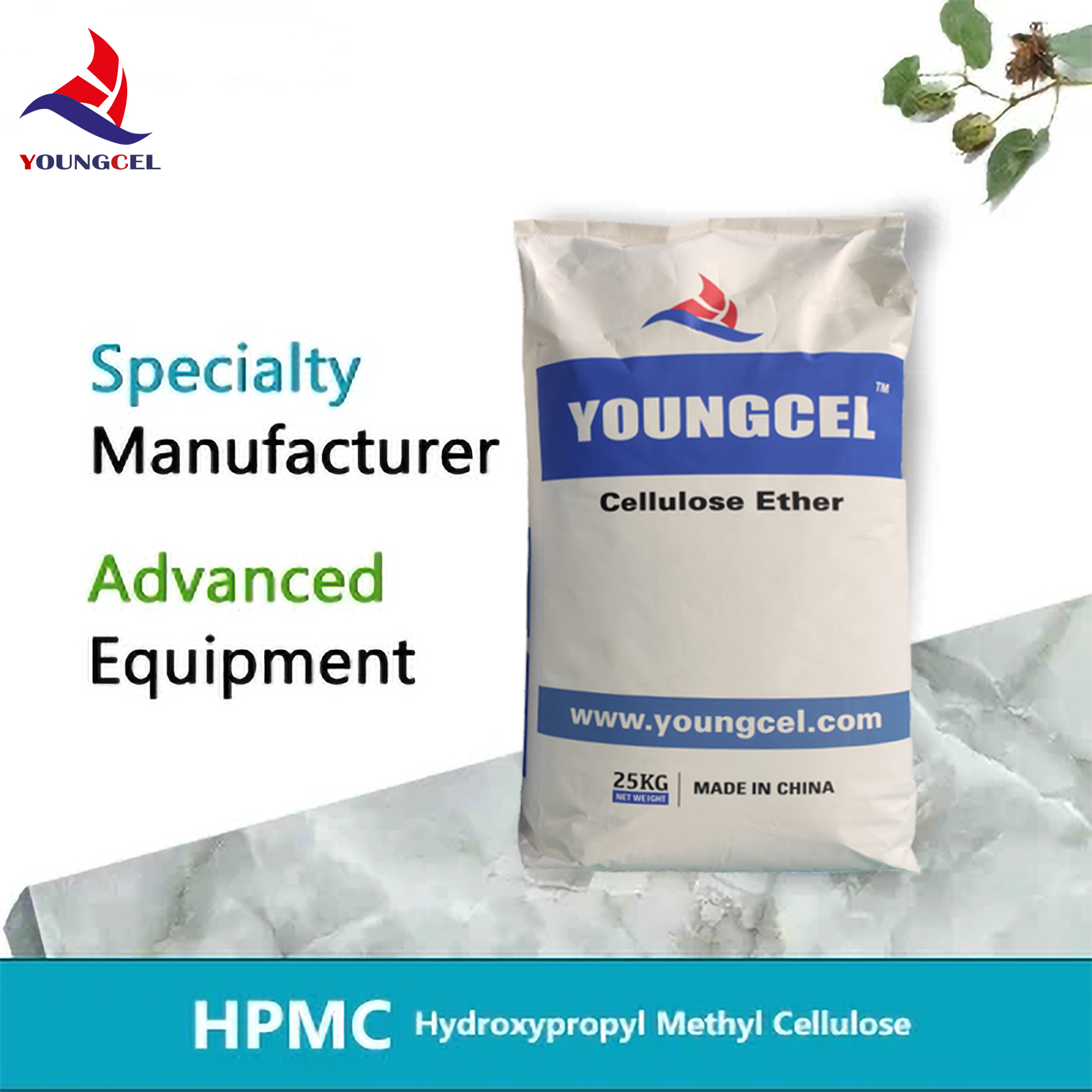Hydroxypropyl Methyl Cellulose (HPMC) has emerged as a critical additive in the construction industry, offering exceptional performance in a wide range of applications. This article delves into the technical specifications, functional advantages, and practical uses of HPMC, while also highlighting the company behind this innovative product. For those seeking to understand the role of HPMC in modern construction, this guide provides a comprehensive overview.
What is Hydroxypropyl Methyl Cellulose (HPMC)?
Hydroxypropyl Methyl Cellulose, commonly abbreviated as HPMC, is a semi-synthetic polymer derived from cellulose. It is produced by etherifying highly purified cotton fibers under alkaline conditions, resulting in a substance that combines the properties of hydroxypropyl and methyl groups. This unique chemical structure grants HPMC its remarkable characteristics, making it an indispensable component in construction materials.
As a chemical auxiliary agent, HPMC serves as a thickening agent, water-retention agent, and film-forming material. Its versatility is reflected in its ability to enhance the workability, stability, and adhesion of cementitious and plaster-based products. The Tile Adhesive Chemical Hydroxypropyl Methyl Cellulose offered by Shijiazhuang Gaocheng District Yongfeng Cellulose Co., Ltd. exemplifies the advanced applications of this polymer in construction.
Technical Specifications of HPMC
The performance of HPMC is defined by its precise technical parameters. Below is a detailed table outlining the key specifications of this product:
| Parameter | Specification |
|---|---|
| Appearance | Milky white or white powder |
| Carbonization Temperature | 280-300 % |
| Color Temperature | 190-200 % |
| Particle Size | 100 mesh pass rate >98.8%; 80 mesh pass rate 99.9%; Special specifications: 40-60 mesh |
| Apparent Density | 0.25-0.70 g/cm³ (typically 0.5 g/cm³) |
| Specific Gravity | 1.26-1.31 |
| Solubility | Soluble in water and certain solvents (e.g., ethanol/water, propanol/water). Aqueous solutions exhibit surface activity, high transparency, and stable performance. |
The Tile Adhesive Chemical Hydroxypropyl Methyl Cellulose is engineered to meet stringent industry standards, ensuring consistency and reliability in construction applications. Its high purity (99%) and precise particle size distribution make it suitable for both industrial and commercial use.
Key Advantages of HPMC in Construction
HPMC's unique properties make it an ideal additive for construction materials. Some of its primary advantages include:
- Water Retention: HPMC improves the water retention capacity of cement and plaster mixtures, preventing premature drying and ensuring optimal hydration.
- Workability: By enhancing the flowability of mortar and grout, HPMC reduces the effort required for application and improves surface finish.
- Adhesion: The polymer increases the adhesion of coatings and tile adhesives to substrates, reducing the risk of delamination or cracking.
- Dimensional Stability: HPMC minimizes shrinkage and cracking in dried products, maintaining structural integrity over time.
- Mildew Resistance: Its chemical structure provides resistance to microbial growth, extending the lifespan of construction materials.
Applications in the Construction Industry
HPMC's versatility is evident in its diverse applications across the construction sector. Below are some of the primary uses of this additive:
- Cement Mortar: HPMC improves the workability and cohesion of cement mortar, making it easier to apply and reducing the risk of segregation.
- Ceramic Tile Cement: As a key component in tile adhesives, HPMC ensures strong bonding between tiles and substrates, even on uneven surfaces.
- Refractory Coatings: HPMC acts as a suspension agent and fluidity improver in asbestos and other refractory coatings, enhancing their adhesion to substrates.
- Gypsum Coagulant Slurry: By improving water retention and workability, HPMC ensures smooth application and strong adhesion of gypsum-based products.
- Joint Cement: When added to joint cement for gypsum boards, HPMC enhances fluidity and water retention, resulting in durable and crack-resistant joints.
These applications highlight the critical role of Tile Adhesive Chemical Hydroxypropyl Methyl Cellulose in modern construction. Its ability to address common challenges such as water loss, poor adhesion, and dimensional instability makes it an indispensable material for professionals in the field.
Company Background: Shijiazhuang Gaocheng District Yongfeng Cellulose Co., Ltd.
Shijiazhuang Gaocheng District Yongfeng Cellulose Co., Ltd. is a leading manufacturer of cellulose derivatives, including HPMC. Located in Hebei Province, China, the company has established itself as a trusted supplier of high-quality chemical additives for the construction industry.
With a focus on innovation and quality, Yongfeng Cellulose produces HPMC that meets international standards. The company's commitment to precision and reliability is reflected in its rigorous production processes and quality control measures. Its products are widely used in construction projects across China and beyond.
For more information about the company and its offerings, visit the Shijiazhuang Gaocheng District Yongfeng Cellulose Co., Ltd. website.
Real-World Applications and Case Studies
The practical benefits of HPMC are best illustrated through real-world applications. Below are examples of how this additive is used in construction projects:
- Tile Adhesion: In large-scale commercial projects, HPMC-based tile adhesives are used to ensure strong bonding on vertical surfaces, even in high-humidity environments.
- Refractory Coatings: HPMC's ability to improve the fluidity and suspension of refractory materials makes it ideal for applications in industrial furnaces and kilns.
- Plastering: The water-retention properties of HPMC help maintain the workability of plaster mixtures, reducing the need for frequent reapplication and improving efficiency.
These examples underscore the importance of Tile Adhesive Chemical Hydroxypropyl Methyl Cellulose in addressing the specific challenges of construction. Its adaptability to different materials and conditions makes it a preferred choice for professionals worldwide.
Environmental and Safety Considerations
As the construction industry increasingly prioritizes sustainability, the environmental impact of materials like HPMC is a key consideration. HPMC is biodegradable and non-toxic, making it a safe choice for both workers and the environment. Additionally, its ability to reduce water consumption in construction processes aligns with broader sustainability goals.
For further details on the environmental benefits of HPMC, refer to the National Institute of Standards and Technology (NIST) guidelines on sustainable construction materials.
Conclusion
Hydroxypropyl Methyl Cellulose (HPMC) is a vital component in modern construction, offering unparalleled performance in terms of water retention, adhesion, and workability. The Tile Adhesive Chemical Hydroxypropyl Methyl Cellulose provided by Shijiazhuang Gaocheng District Yongfeng Cellulose Co., Ltd. exemplifies the high standards of quality and innovation in this field. As the construction industry continues to evolve, the demand for reliable and sustainable materials like HPMC will only grow.
Product Images
Below are images of the Tile Adhesive Chemical Hydroxypropyl Methyl Cellulose:
References
1. National Institute of Standards and Technology (NIST). "Driving Innovation." Retrieved from https://www.nist.gov/.
2. Shijiazhuang Gaocheng District Yongfeng Cellulose Co., Ltd. "Tile Adhesive Chemical Hydroxypropyl Methyl Cellulose for Plaster Additives HPMC." Retrieved from https://www.youngcel.com/tile-adhesive-chemical-hydroxypropyl-methyl-cellulose-for-plaster-additives-hpmc.html.
3. Shijiazhuang Gaocheng District Yongfeng Cellulose Co., Ltd. "HPMC." Retrieved from https://www.youngcel.com/hpmc/.
-
Understanding Methyl 2 Hydroxyethyl Cellulose: Uses, Benefits & Industry InsightsNewsNov.24,2025
-
Hydroxyethyl Methyl Cellulose HEMC: Industrial Uses, Benefits & Future TrendsNewsNov.23,2025
-
HEMC Cellulose: Versatile & Sustainable Industrial Polymer | YoungcelNewsNov.23,2025
-
Methyl Hydroxyethyl Cellulose: Versatile Building Block for Industry & SustainabilityNewsNov.23,2025
-
CAS 9032 42 2: Understanding Polyvinyl Alcohol's Impact on Industry & SustainabilityNewsNov.22,2025
-
Hydroxyethyl Methyl Cellulose: Versatile Solutions for Modern Industry and SustainabilityNewsNov.22,2025







